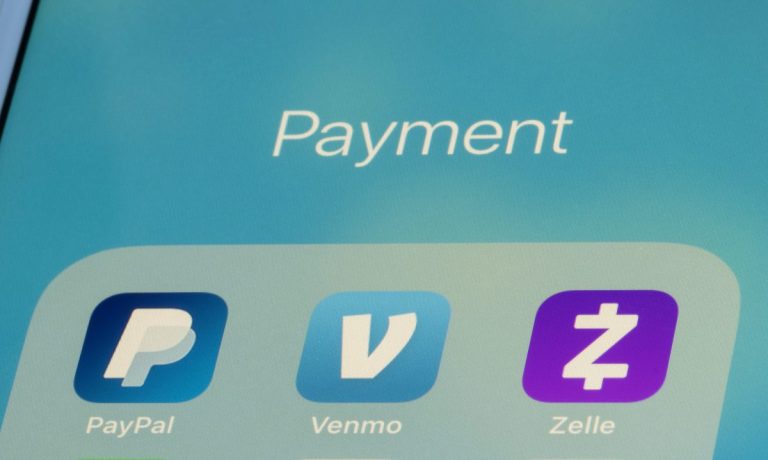
Peer-to-peer (P2P) payments are having a very good week.
First, PayPal’s blockbuster earnings report Wednesday (July 28) was led by 58 percent growth at Venmo. Then Thursday (July 29), rival Zelle posted a market update and milestone report touting the “mass adoption” of its service and its tightening grip on this fast-growing corner of the payments market.
According to a press statement released by Early Warning, a seven-bank consortium that controls Zelle, the P2P giant moved $120 billion via 436 million transactions in the second quarter, 68 percent and 58 percent growth respectively.
“Zelle plays the role of digital cash for tens of millions of people and businesses, giving them a fast, easy and safe way to send and receive money in an app they use and trust,” said Early Warning CEO Al Ko in the statement.
The Tightening Race
Although Zelle referred to its “tens of millions” of users and the fact that its expanding relationship with more financial institutions (FIs) has put its P2P service in front of more than 500 million bank accounts, it did not update its active user figures. For the record, Venmo reported having 76 million active accounts, up from about 70 million at the end of 2020.
Specific figures Zelle was willing to call out included its active expansion into credit unions (CUs) and other small lenders with less than $10 billion in assets now accounting for 40 percent of the Zelle Network. The bank-backed P2P services also highlighted its growing count of business-related transactions. Zelle Small Business saw the fastest growth in transaction in the Zelle network, up 157 percent year on year.
PayPal also called out Venmo’s ongoing expansion in front of its roots in P2P transactions, with CEO Dan Shulman telling analysts that 50,000 customers have established new business profiles on Venmo.
“Pay with Venmo revenues grew by 183 percent year over year,” Shulman told analysts. “We’re also seeing strong adoption and trading of crypto on Venmo. In this quarter, we expanded the Venmo value proposition to allow merchants and consumers to pay for goods and services and receive buyer and seller protections for commerce transactions.”
He said more is to come with the Venmo payments offering, including high-yield savings, early access to direct deposit funds, new and improved bill pay functionality, messaging capabilities outside of P2P to enable family and friend communications, as well as additional crypto capabilities and customized deals and offers.
The Race As It Unfolds
With access to as many direct deposit accounts (DDAs) Zelle takes care of its backing by banking, it has a big advantage in the market. Automatic enrollment of any banking customer in a market where over 90 percent of the population has a bank account is a pretty powerful path into the market. It was said early on Zelle could only work if it captures an incredibly compounding share of consumer bank accounts into its platform — and in that regard, it is clearly succeeding.
But Venmo is playing hard ball — and building a powerfully sized legion of consumers who aren’t only signed on by happenstance but chose to seek out the platform. And P2P, as PayPal’s last earnings report indicates, is a big part of a super app strategy that PayPal is doggedly pursuing, and which looks to be getting dangerously close to encroaching on mainstream banks’ historical territory.
That means the P2P race is looking less like it is going to be about consumers splitting up checks and sending each other funds and more about how consumers want to run their financial lives. It’s also going to be about whether banks will be able to hold the central position when contenders like PayPal start to seriously compete.